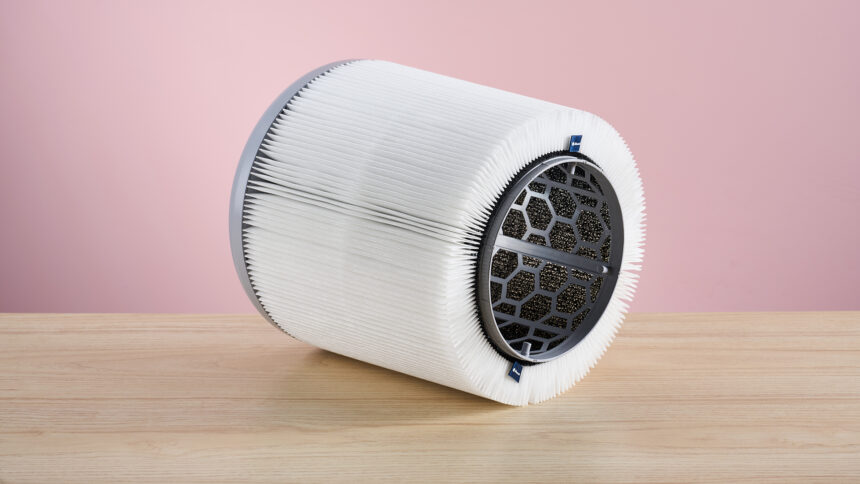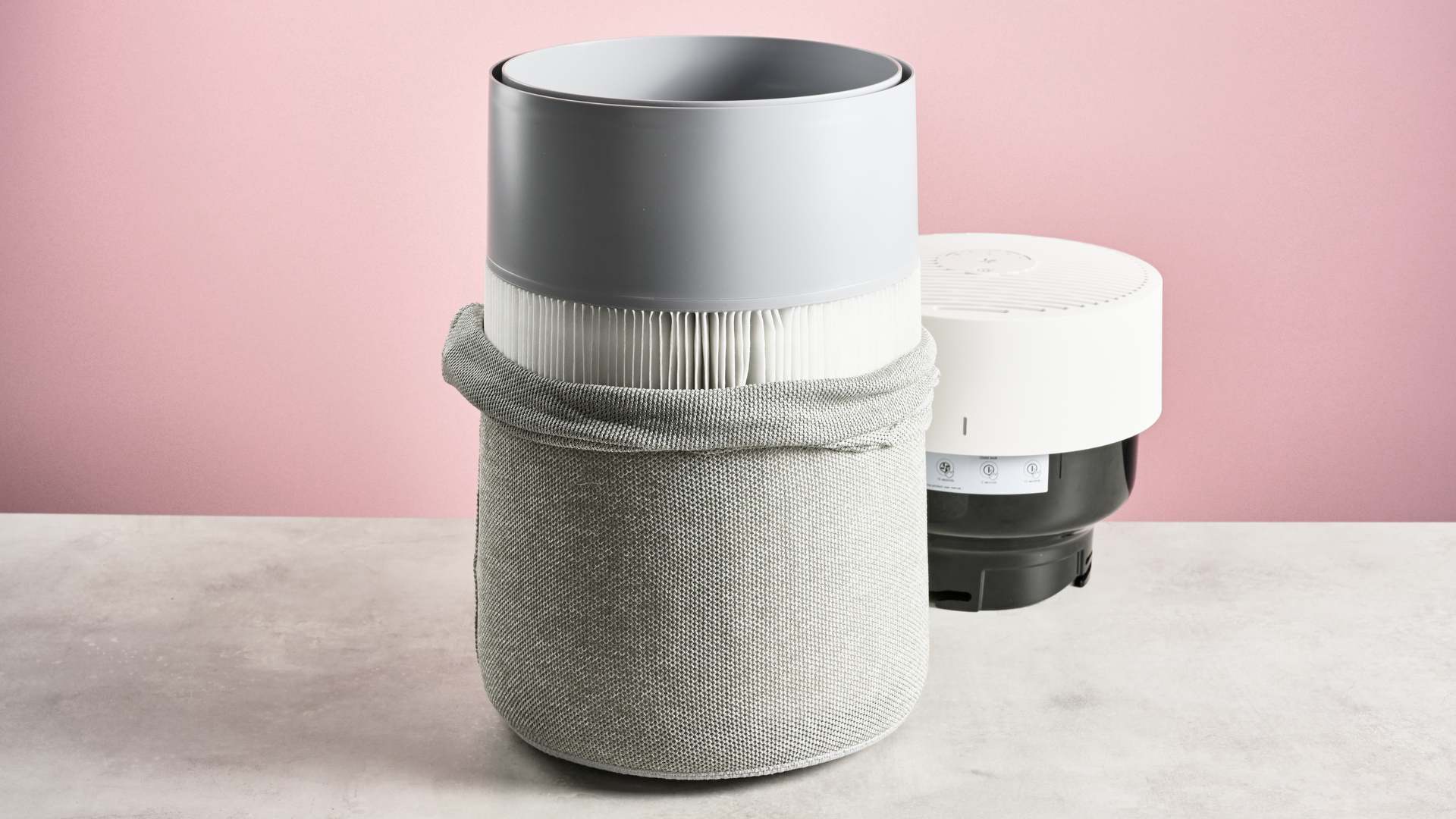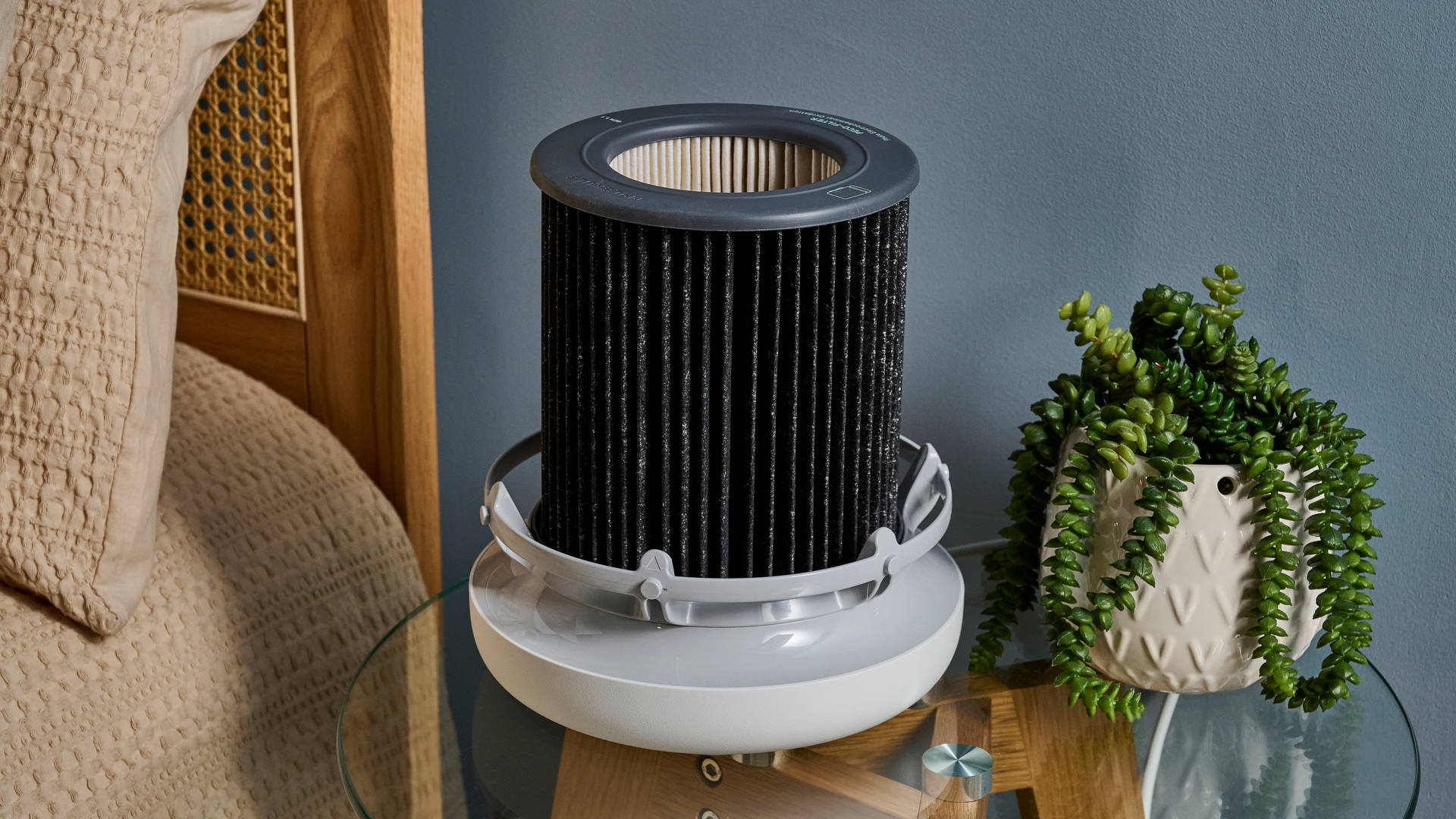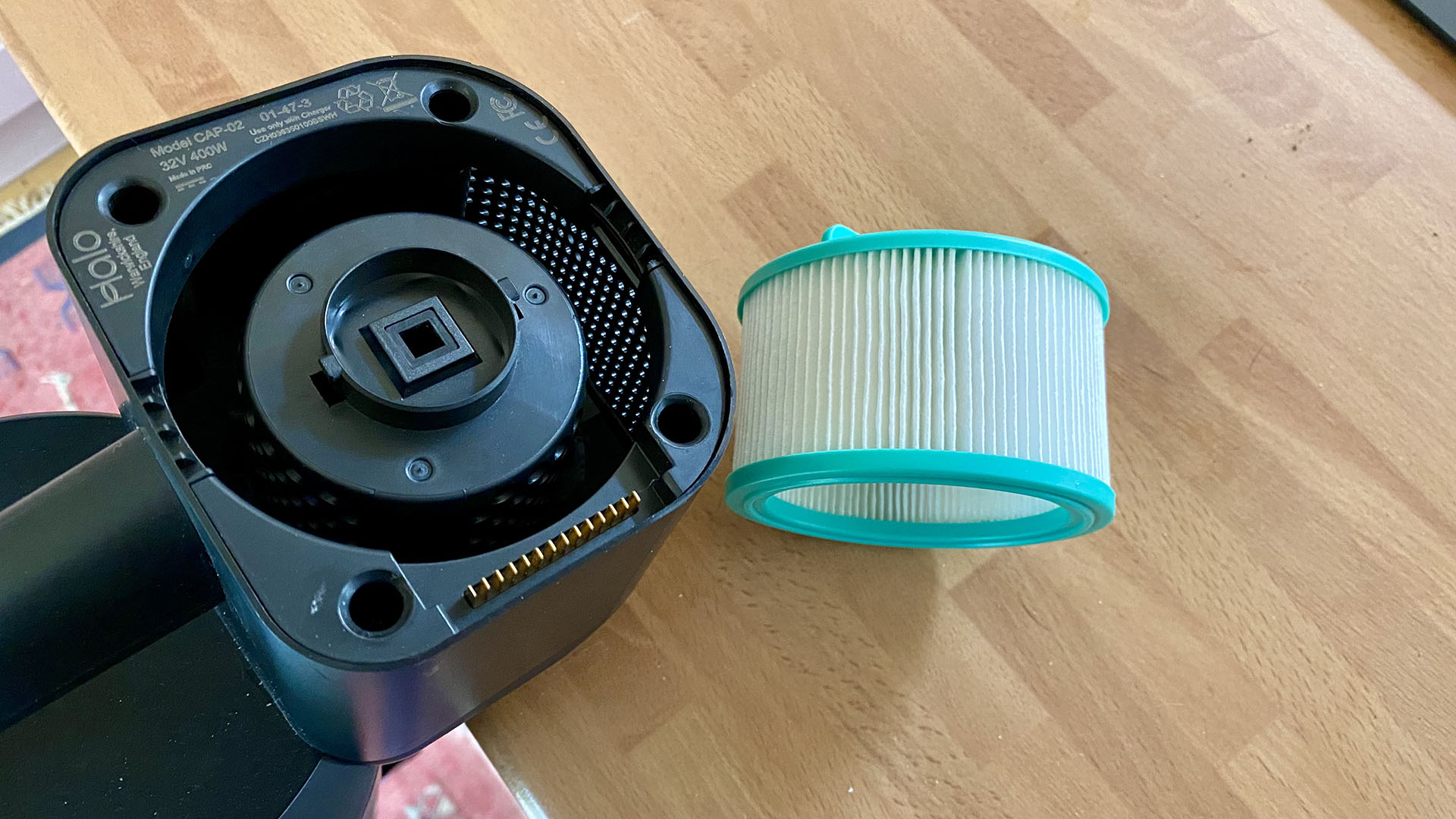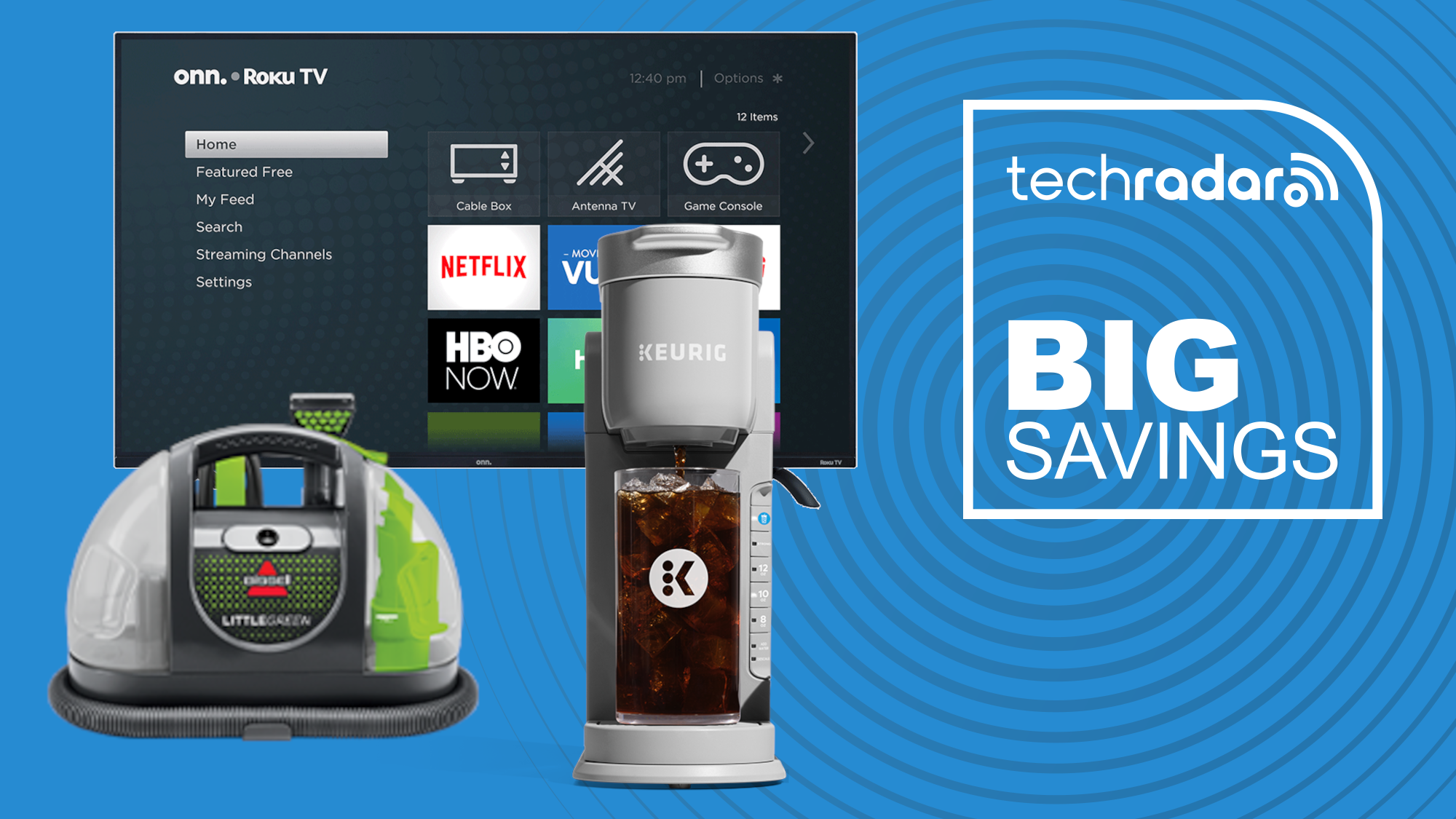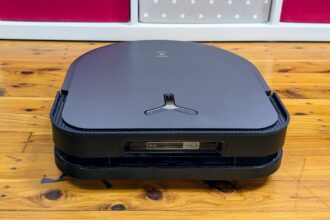When you’re in the market for a new air purifier or vacuum cleaner, you’re bound to encounter the term ‘HEPA filter’. HEPA, or ‘high efficiency particulate air’ filter, is a benchmark for assessing filter efficacy.
To qualify as a HEPA filter, it must comply with rigorous standards regarding the particles it can capture from the air flowing through it. These pleated, mechanical filters effectively trap an array of airborne contaminants, including dust, dirt, pollen, and even certain viruses.
This guide delves into the specifics of what a HEPA filter is, its capabilities and limitations, as well as its role in everyday appliances like vacuums and air purifiers.
What constitutes a HEPA filter?
For a filter to earn the HEPA label, it must meet defined criteria regarding its air purification capabilities, which can slightly differ depending on your geographic location.
The ISO standards employed in Europe demand that a filter captures 99.95% of particles measuring 0.3 microns. On the other hand, the standards set by the ASME and US DOE require an impressive 99.97% capture rate of particles at the same size. Notably, the filtering efficiency improves for particles that are either larger or smaller than 0.3 microns.
Due to its widespread usage, the term HEPA is sometimes casually applied to describe any efficient filter. To ensure authenticity, look for descriptors like ‘true HEPA’ and steer clear of ‘HEPA-style’ or ‘HEPA-like’ labels. It’s straightforward: it’s either a HEPA filter or it isn’t.
There are also H13 HEPA and H14 HEPA variants, which are advanced, medical-grade filters capable of capturing even tinier particulate matter. An H13 filter can grab 99.95% of particles as small as 0.2 microns, while the H14 variant boasts a 99.995% capture rate for similar particle sizes.
How does a HEPA filter look?
A HEPA filter consists of a dense weave of microscopic fibers, typically crafted from glass or plastic. The pleated design enhances the surface area for trapping particles. As air flows through, these fibers ensnare all but the tiniest particles.
To maintain optimal performance, some HEPA filters require regular upkeep. A few are washable — so always check the manufacturer’s cleaning guidelines. Generally, these filters should be replaced every 6 to 12 months based on usage patterns, which adds to ongoing costs and poses environmental considerations, as HEPA filters aren’t biodegradable.
What can a HEPA filter capture?
HEPA filters excel at trapping a variety of airborne contaminants, such as dust, pet dander, pollen, mold spores, and liquid aerosols. Nevertheless, only particles large enough can be captured; smaller fragments of pollen or pet dander may slip through. They can also be somewhat effective against viruses.
However, HEPA filters do have limitations. To trap particles, air must be forced through the filter; if it isn’t airtight — a factor not assessed during HEPA testing — particles may bypass the filter entirely. Additionally, HEPA filters don’t address particles settled on surfaces within your home.
They’re also not universally effective against all airborne pollutants. For instance, the air purifier brand Molekule points out that their efficiency against volatile organic compounds (VOCs) — chemicals released from furniture and common household products — is limited because these particles “tend to bounce off the filter’s fibers.” Capturing ozone is another challenge since it doesn’t adhere to HEPA strands. Still, your air purifier may use alternative filtration technologies to handle these particles.
What role does a HEPA filter play in an air purifier?
Many of the top air purifiers on the market today utilize HEPA filters. The primary objective of an air purifier is to enhance air quality by eliminating harmful particles, a task where the HEPA filter is crucial. In many cases, it is paired with other types of filters — for instance, a carbon filter might be included to absorb gases and odors. Learn more about air purifiers and what they can effectively capture.
This discussion focuses on portable air purifiers, as it is uncommon for HEPA filters to be integrated within general HVAC (heating, ventilation, and air conditioning) systems. This is mainly due to the significant airflow restriction they can impose, necessitating more powerful fans to maintain adequate air circulation.
What function does a HEPA filter serve in a vacuum cleaner?
Numerous modern vacuum cleaners come equipped with a HEPA filter, which typically acts as the last line of defense before air exits through the vents. While most dust and debris are directed to the dust container, a pre-filter often prevents larger particles from clogging the motor. Following this, the HEPA filter traps the finest particles, ensuring they’re not discharged back into the air.
For effective filtering, the vacuum system needs to maintain an airtight seal. If not adequately sealed, particles can escape through any existing gaps before reaching the exhaust port. Additionally, even a brand-new vacuum may develop leaks over time — as evident in a test conducted with a smoke machine by a Wirecutter reviewer.
Additionally, it’s crucial to remember that it’s not just the air released by a vacuum you should consider. Research from a 2008 study indicated that simply moving a vacuum cleaner over a carpet — whether it’s on or off — can stir up a considerable amount of particles into the air. If you have allergies, it’s advisable to keep a safe distance during vacuuming, when possible.
Finally, just owning a vacuum with a HEPA filter doesn’t automatically imply it’s effective. In many instances, a less stringent filter can still perform adequately, particularly within an air-sealed system.
What is a MERV rating?
While researching filters for various appliances, you might come across the term MERV rating. MERV stands for ‘Minimum Efficiency Reporting Values’, and it quantifies a filter’s effectiveness in capturing larger particles ranging from 0.3 to 10 microns.
The higher a filter’s MERV rating, the more adept it is at trapping specific particle types. For example, a MERV 1-4 filter captures roughly 20% of particles within the 3 to 10 micron range, whereas a MERV 13-16 filter can snag particles as small as 0.3 microns. The MERV scale extends to 20, with any filter rated MERV 17 or higher categorized as a true HEPA filter.
The principal distinction between MERV-rated filters and true HEPA filters lies in the latter’s superior capacity for capturing minute particles. Both filter types effectively tackle larger airborne pollutants.












